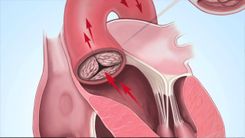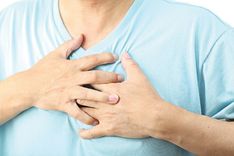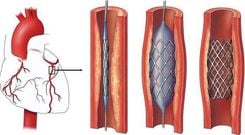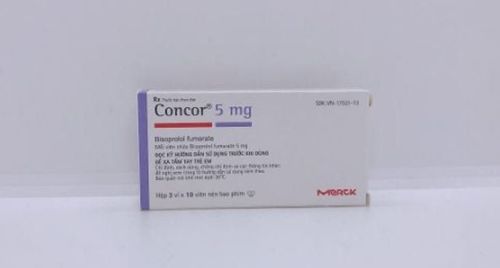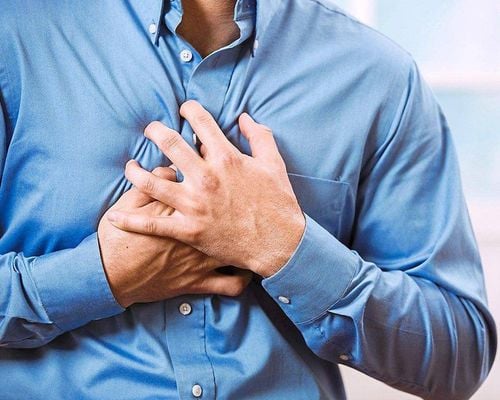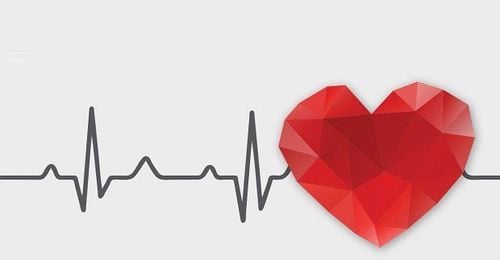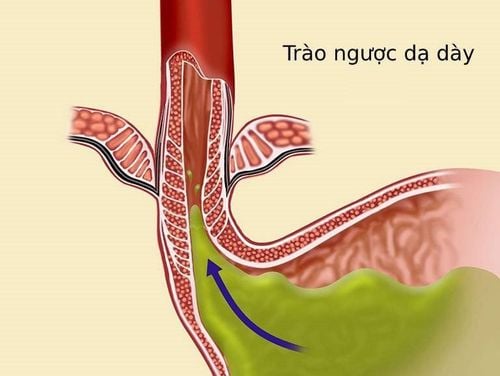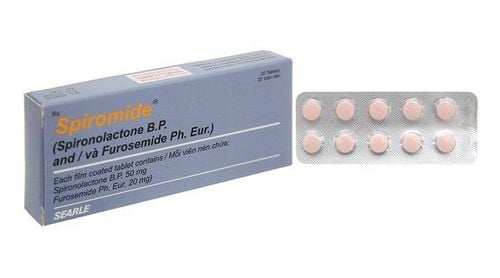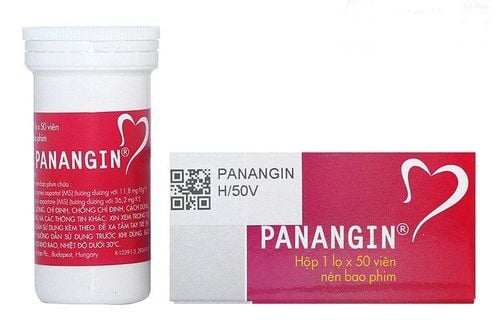This article is consulted by Master of Medicine, Doctor Nguyen Tung Hoanh - Interventional Cardiologist - Intensive Care Unit - Vinmec Nha Trang International General Hospital.
Cardiac output varies depending on many factors. Changes in cardiac output can be a sign of response to increased oxygen demand by the body or serious medical conditions affecting cardiac output.
1. What is Cardiac Output?
Cardiac output is the amount of blood pumped by the heart in a given unit of time, usually calculated per minute. Normally, cardiac output can change depending on the level of physical activity. For healthy men, the average resting cardiac output is about 5.6 L/min. For healthy women, it is about 4.9 L/min. In addition, cardiac output also varies based on age.
Cardiac output is influenced by many different factors and individual health conditions. However, it is mainly governed by four factors.
2. Factors That Can Affect Cardiac Output
The formula for calculating cardiac output is stroke volume multiplied by heart rate. Where stroke volume is affected by preload, afterload, and myocardial contractility. In healthy adults, stroke volume is about 60-90 ml/beat. Thus, cardiac output is influenced by four factors: Heart rate, preload, afterload, and contractility.

2.1 Heart Rate
Heart rate, also known as pulse, is the number of times the heart contracts to pump blood into the arteries per unit of time. Normally, the resting heart rate is about 70-80 beats/minute. During activity, when oxygen demand increases, the heart rate also increases to boost cardiac output and supply oxygen to tissues and organs.
However, if this rate is too slow, it may be caused by a heart rhythm disorder or in athletes who engage in long-term high-intensity sports, which can lead to a lower resting heart rate. Thus, some unusual changes in heart rate can easily cause danger to health and life, even leading to cardiogenic shock.
Heart rate is regulated by the autonomic nervous system, hormones, ions (K+, Ca2+, and Na+), and some medications.
2.2 Myocardial Contractility
The heart contracts to pump blood into the arteries. Thus, if the heart muscle's contraction is fast and strong, cardiac output increases. When the heart's ability to contract decreases, it also significantly reduces cardiac output. However, if the heart contracts too forcefully, it can cause ischemic heart disease, causing chest pain, arrhythmias, and potentially leading to death.
Factors that increase myocardial contractility include: stimulation of the sympathetic nervous system, substances that increase intracellular calcium, and drugs like Digitalis.
Factors that decrease myocardial contractility include: inhibition of sympathetic nervous system activity, hypoxia, metabolic acidosis, and increased extracellular K+.
2.3 Preload
Preload is the volume of blood filling the ventricles at the end of diastole. When preload is greater, the force of contraction also increases. Thus, when preload increases, meaning more blood returns to the heart, the amount of blood pumped into the arteries is greater, thus increasing cardiac output.
Conversely, when the amount of blood returning to the heart decreases, meaning preload decreases, it can cause a decrease in cardiac output.
2.4 Afterload
Afterload is the resistance that the ventricles must work against to eject blood. It mainly depends on factors including arterial blood pressure and blood vessel tone.
When afterload decreases, it can increase cardiac output, especially in cases of heart failure, where the heart has a reduced ability to contract. Conversely, increased afterload will decrease cardiac output.
3. Changes in Cardiac Output
Cardiac output can increase or decrease due to the influence of various factors.
3.1 When Does Cardiac Output Increase?
Cardiac output increases when the heart rate increases to a certain level, myocardial contractility increases, preload increases, and afterload cases decrease. Somewhere increased cardiac output can be observed include:
- When the body is highly active, the oxygen demand of the organs increases.
- Septic shock, anaphylactic shock
- Decreased afterload: hypertrophic ventricular
- Increased preload: such as increased aortic pressure, ventricular dilation, and vasodilation
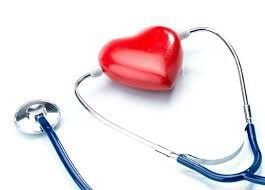
3.2 When Does Cardiac Output Decrease?
Cardiac output decreases when there are changes in the factors that influence it, specifically:
- Decreased preload: Mitral or tricuspid valve stenosis; increased heart rate; arrhythmias; impaired diastolic function of the ventricle; hypovolemic shock
- Increased afterload: Hypertension; aortic or pulmonary valve stenosis; obstructive shock
Thus, cardiac output changes when there are changes in the factors affecting it. However, in the early stages of cardiovascular diseases, there is often not much change in cardiac output due to compensatory mechanisms. However in later stages, this compensation is no longer sufficient to meet the body's needs, leading to changes in cardiac output.
To arrange an appointment, please call … or make your reservation directly HERE. You may also download the MyVinmec app to schedule appointments faster and manage your reservations more conveniently.
